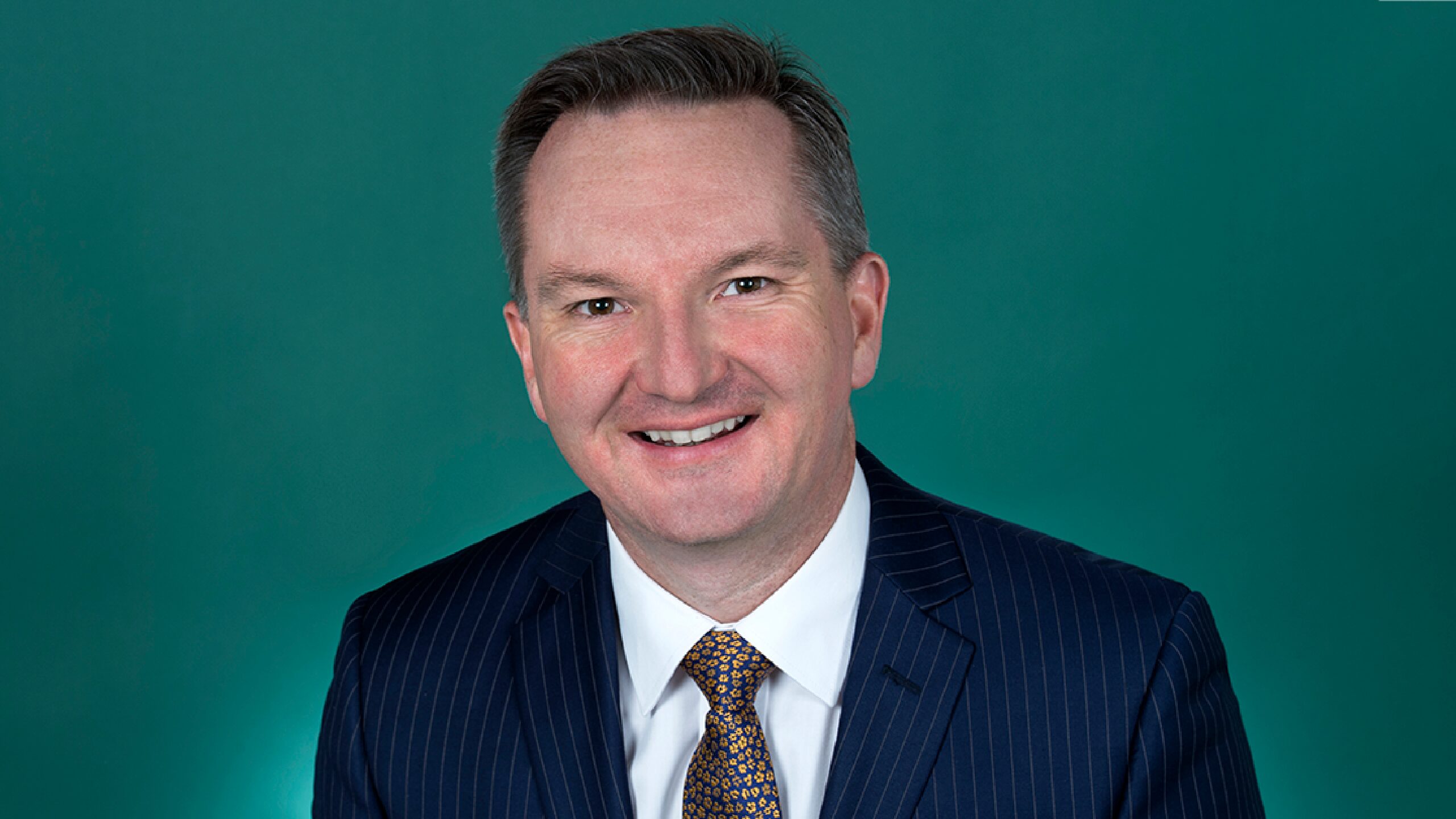Look to Your Own Devices Part 2
In the second of a series on Australian biotech success stories, here are some more representatives of the fascinating medical device cohort on the ASX.
Medical Developments International (MVP, $5.97)
Market capitalisation: $391 million
Three-year total return: 6.3% a year
Analysts’ consensus target price: $8.61 (Thomson Reuters)
Medical Developments International is the company behind the famous “green whistle” – its Penthrox product, a fast-acting non-opioid pain relief product that is used everywhere from the sporting field to ambulances to hospital surgeries. It is used in more than 40 countries worldwide, with approval submissions lodged in the US and China. At this stage, the company expects to launch Penthrox in China in 2022 and in the US in 2024.
Elsewhere, the product goes from strength to strength. In October 2019, Penthrox was included and recommended as “first-line of treatment” in the European Society of Emergency Medicine (EUSEM) guidelines for the management of acute pain in emergency situations.
Aside from Penthrox, MVP develops a range of medical devices and healthcare products for pain management as well as the treatment of asthma and other respiratory diseases. Its products are specifically targeted towards hospitals and emergency service professionals and include devices like masks, ventilators and resuscitation kits. MVP’s premium brand in this market is Breath-A-Tech, under which it markets a range of respiratory products designed to improve the delivery of aerosol medication from puffers in the management of asthma and chronic obstructive pulmonary disease (COPD).
The company also manufactures a similar range of devices, including asthma chambers and anaesthetic machines, for use in veterinary medicine.
In FY20, MVP lifted revenue by 10.6%, to a record $23.6 million, but saw net profit slide by 63%, to $379,000. After a 2-cent dividend in FY19, no dividend was declared for FY20. Respiratory sales were a record in FY20, growing by 61%, while Penthrox revenue was down by 8% for the year – after having increased 6% in the first half – a slide that the company attributed to decreased sporting and outdoor activity, as well as reduced population movements.
The future for MVP depends largely on approval for Penthrox in the US and China – and while that kind of regulatory risk can never be considered a shoo-in, there seems no objective reason why either country would reject it, given its global success. Put it this way – Penthrox has been approved for use by the UK Military, and been given a NATO number
a NATO number that allows other NATO military organisations access to it. Rejection by the US Food & Drug Administration (FDA) would seem perverse after that. Not only is Penthrox a non-opiate analgesic, MVP says that clinical evidence proves that it is superior to intra-venous (IV) morphine and other opioid analgesics – which is a great story to be able to tell in the US.
Uscom (UCM, 19.5 cents)
Market capitalisation: $28 million
Three-year total return: 4.7% a year
Analysts’ consensus target price: n/a
Uscom was floated back in 2003 to commercialise ultrasonic cardiac output monitor technology – hence the name – that was developed in Australia. The original product, USCOM 1A, is a simple-to-use, cost-effective and non-invasive advanced haemodynamic monitor that measures cardiovascular function, detects irregularities and is used to guide treatment. The product shows doctors how a patient’s heart is functioning, using Doppler ultrasound to measures blood flow across the heart valves, and allows the doctors to quickly pick up issues such as heart failure, sepsis, hypertension and pre-eclampsia (hypertension in pregnancy). The USCOM 1A can be used in hospitals or remotely, with digital analysis software stored on central servers or in the cloud.
USCOM 1A was originally fast-tracked for approval in China in 2004, because of its potential importance in the management of Severe Acute Respiratory Syndrome (SARS), an illness also caused by a coronavirus. Chinese hospitals use the device to simplify diagnosis, monitoring and management of infections in babies, children, pregnant women, adults and the elderly: in January Uscom was given a five-year extension of its regulatory certification from the China National Medical Products Administration, the third consecutive approval for the device.
In China, USCOM 1A is installed in over 51 Chinese Hospitals specialising in management of infectious diseases, including COVID-19: earlier this year, USCOM 1A was recommended as treatment of choice for COVID-19 by the National Health and Medical Commission of the People’s Republic of China. China/Asia represents 71% of Uscom’s sales, but the device is also sold in Europe (20% of revenue) and the US/Other (9% of revenue).
Uscom has two other devices in the global market: BP+, a central blood-pressure monitor, and Spirosonic, an ultrasonic spirometer for asthma and chronic obstructive pulmonary disease (COPD). This month, Uscom released its new SpiroSonic Ventitest ventilator test device, which uses Uscom’s spirometry technology to measure the pressure, flow and volume outputs of respiratory assist devices such as ventilators, anaesthesia devices and home ventilation systems such as CPAP machines and respirators.
The Ventitest device comes to the market at a very opportune time: production of ventilators has been ramped-up around the world in response to COVID-19, and these devices require constant monitoring to stay effective.
Uscom manufactures its products in Australia and Europe (Budapest). The company is small, but growing. In FY20, Uscom generated revenue of $4.3 million, and a net loss of $1.3 million.
SomnoMed (SOM, $1.57)
Market capitalisation: $130 million
Three-year total return: -19.7% a year
Analysts’ consensus target price: $1.49 (Thomson Reuters), $2.02 (FN Arena)
SomnoMed operates in the field of COAT (continuous open airway therapy) diagnostic and treatment options for sleep-related breathing disorders such as obstructive sleep apnoea (OSA) and sleep bruxism (teeth-grinding).
While ASX healthcare heavyweights ResMed (RMD) and the New Zealand-based Fisher & Paykel Healthcare (FPH) are major world players in the US$8 billion ($11.8 billion) OSA market, with their continuous positive airways pressure (CPAP) pumps and face-masks, SomnoMed tackles the same problem from a different angle, with its continuous open airway therapy (COAT) approach. SomnoMed produces a mouthguard-style device called SomnoDent, which is a “mandibular advancement splint” that works against OSA by moving the patient’s lower jaw slightly forward, keeping the airway open at all times.
SomnoMed is benefiting from a re-assessment of CPAP as the “gold standard” treatment, as increasingly, studies show that “adherence” – that is, wearing the CPAP masks at all times while sleeping – is a problem for sufferers: the company cites a major study that shows that about half of CPAP patients stop wearing the masks after six months. With its COAT device being much more comfortable for the patient, SomnoMed argues, the compliance with the treatment improves, and with it, the effectiveness of the treatment.
The company sells SomnoDent in 28 countries and has treated 565,000 patients. In FY20, revenue slipped by 3%, to $57.3 million, while the net loss improved from $16.4 million in FY19 to $1.1 million (SomnoMed was profitable at the pre-tax level). Given the COVID-19 impact, that was an impressive result. SomnoMed says the level of business in the US is back to 60-65 per cent of pre-COVID levels, while in Europe, it’s up to 75-80 per cent. At the end of FY20, says the company, “revenues are trending to return to pre-COVID- 19 levels in most of our 28 markets.” Broker Morgans expects SOM to be profitable in FY21, projecting earnings per share (EPS) of 2 cents: however, Thomson Reuters’ collation of analysts’ forecasts projects a loss.









